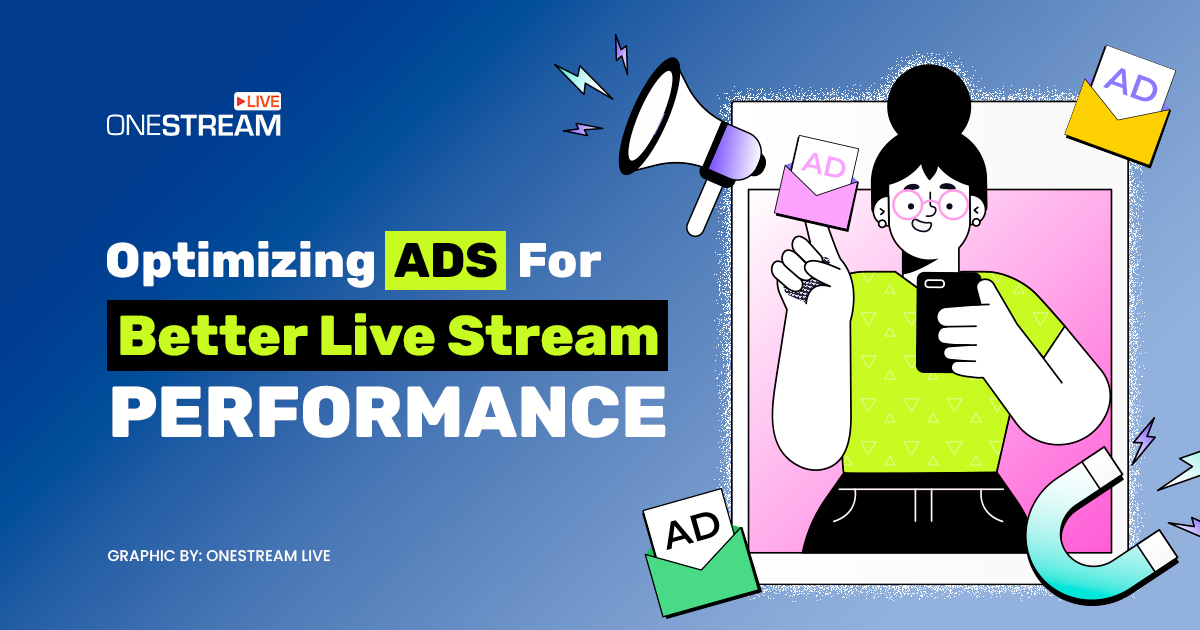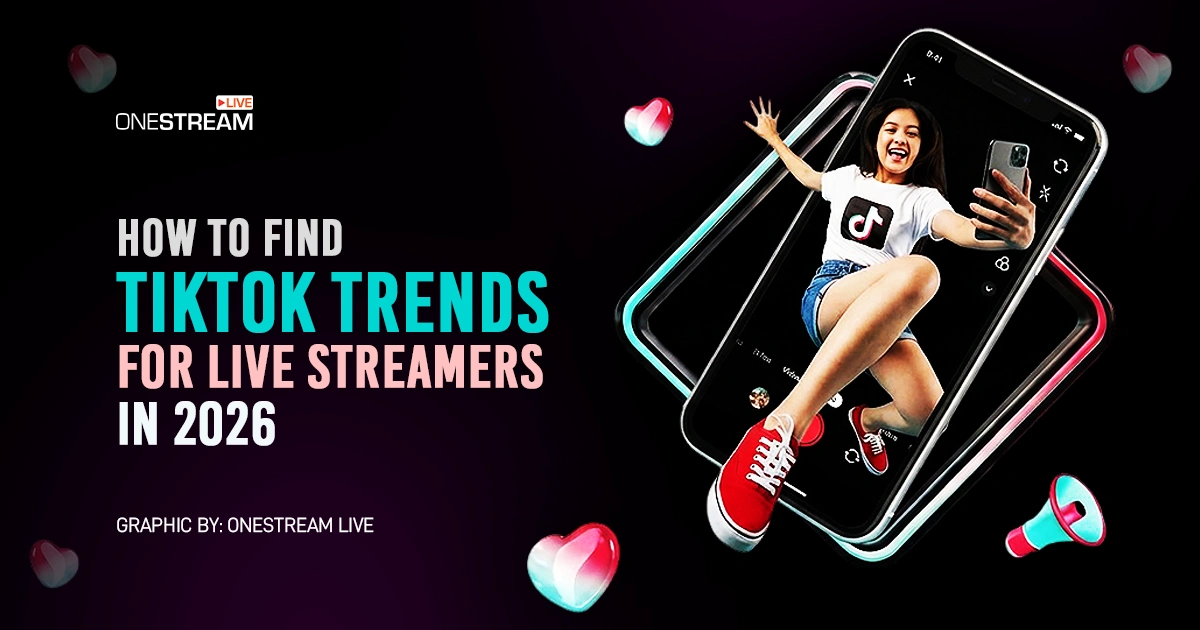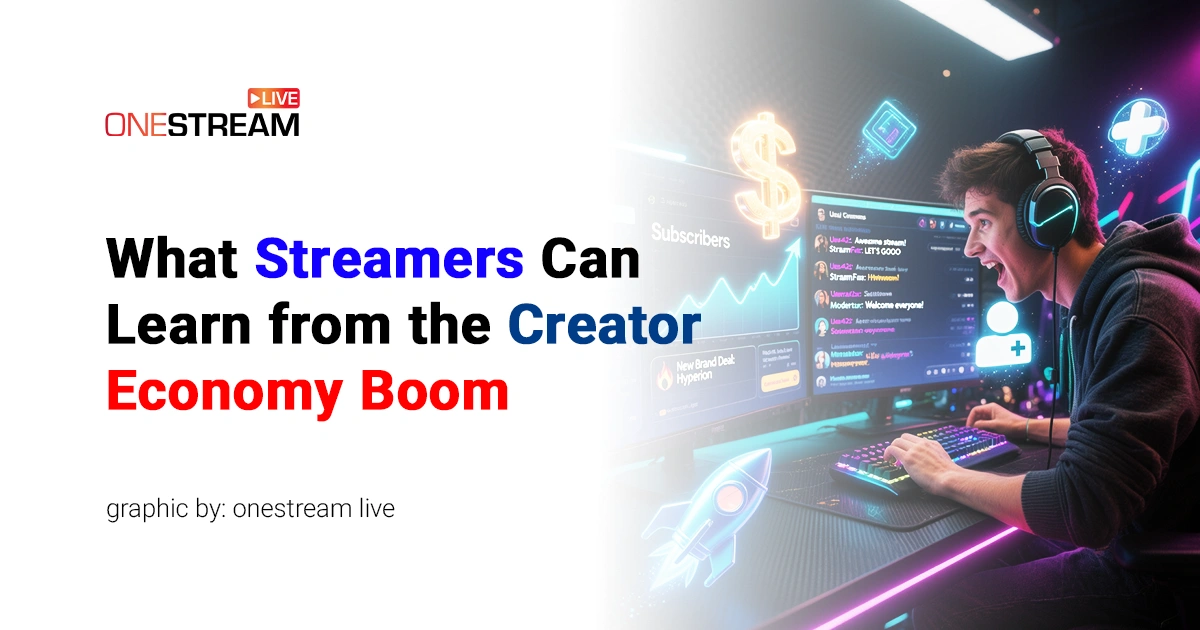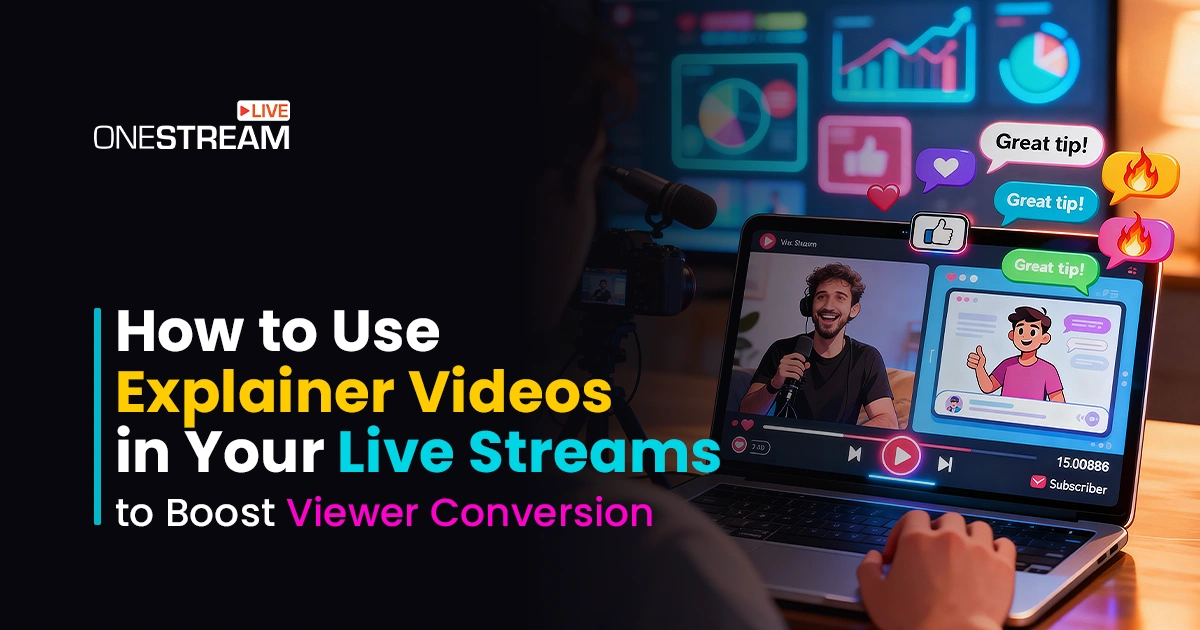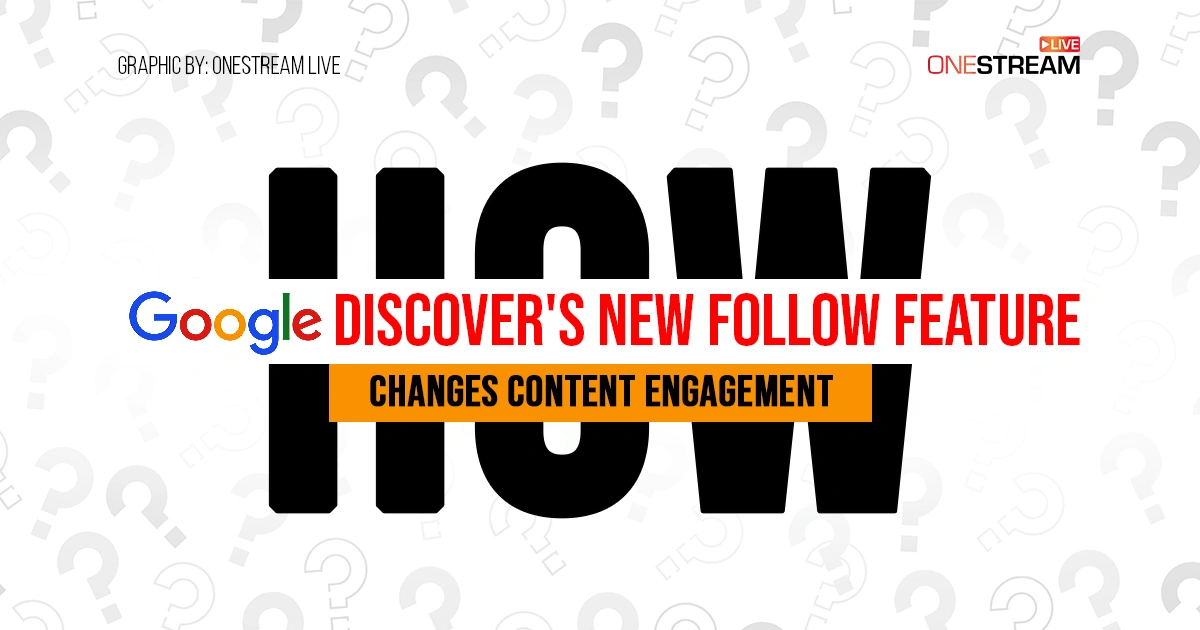As live streaming becomes a powerful tool for reaching audiences in real-time, optimizing ads for live stream performance is critical. You want your ads to engage viewers without causing interruptions or negatively impacting the viewing experience.
The last thing you want is for your ad campaign to lag behind or annoy viewers, leading to low engagement and high abandonment rates. So, how can you optimize ads for better live stream performance and still deliver value to your audience without causing disruption?
Let’s explore eight key strategies.
Ultimate Tips for Optimizing Ads
Choose the Right Ad Format
Certain ad formats work better for live content, where viewers expect a seamless experience. Pre-roll and mid-roll ads are typical for live streaming, but you must be mindful of their length and placement.
Pre-roll ads should be short and concise to keep viewers from clicking away before the live stream even starts. Mid-roll ads should be placed strategically during natural pauses or transitions in the content. Overloading your live stream with too many ads will only hurt engagement.
Use Google Ads management tools to analyze which ad formats work best for your audience. In that way, you can gain insights to help tailor your ad delivery and enhance the live stream experience rather than disrupt it.
For example, if your analysis shows that skippable ads have a higher completion rate during gaming live streams, you can focus on creating engaging content that grabs viewers’ attention in the first few seconds.
Ensure Ads Are Mobile-Friendly
Ads that are too large or not mobile-responsive will create a frustrating experience for mobile users. Ensure your video ads are optimized for smaller screens, keeping file sizes small to avoid buffering issues.
If you’re using banners or other display ads, make sure they’re mobile-responsive and don’t interfere with the live stream interface. Additionally, focusing on ad optimization is essential for enhancing the performance of your campaigns.
Ad campaign optimization helps to ensure that ads perform well across all platforms, particularly on mobile devices where responsiveness is key. Using Google Ads optimization techniques, you can improve the ads’ performance by targeting the right audience, creating mobile-friendly formats, and reducing load times.
Monitor Ad Load Times
Viewers will quickly abandon streams that get interrupted by loading screens or buffering. Ensure your ad files are compressed properly without sacrificing too much quality.
You can utilize content delivery networks (CDNs) to distribute ads across multiple servers, reducing latency for global audiences. Incorporating ad campaign optimization into your overall advertising strategy is crucial for improving ad performance and ensuring success in the competitive digital advertising landscape.
Target the Right Audience
Showing unrelated ads, like promoting home improvement products during a gaming stream, can lead to viewer disengagement. To avoid this, use ad campaign optimization strategies that tailor content specifically to your audience.
Use demographic, interest-based, and geolocation targeting to align your ads with the viewers most likely to engage. Effective advertising campaigns ensure that your message reaches those who find it relevant, increasing the likelihood of higher engagement, clicks, and conversions.
Integrate Interactive Ad Elements
Do you want to make your ads less intrusive and more engaging? Interactive ads are a great way for viewers to engage with your brand in a more meaningful way while staying engaged with the live stream.
For example, an interactive poll, quiz, or clickable call-to-action within the ad can encourage viewers to participate without interrupting the stream’s flow. These interactive ads drive higher conversion rates and foster a positive brand experience during the live stream.
Test and Analyze Ad Performance
You can’t improve what you don’t measure, which is why testing and analyzing ad performance is critical in optimizing live stream ads. A/B testing allows you to experiment with various formats, lengths, and placements to determine which combinations yield the best results for specific audiences.
For instance, testing different ads targeted at custom audiences can reveal what resonates best, helping you refine your strategy.
Monitor key metrics like viewability, completion rates, and click-through rates. Tracking landing page views and using Google Analytics can provide deeper insights into user behavior and engagement.
If your campaign objective is to increase engagement, use this data to refine your approach. For example, if mid-roll ads result in drop-offs, consider adjusting their length or moving them to a different part of the stream to keep viewers engaged and improve overall campaign results.
Limit the Number of Ads
While running ads during a live stream is important for monetization, overloading your stream with too many ads can backfire. Too many interruptions may frustrate viewers and push them to abandon the stream altogether.
Instead of peppering the stream with frequent ads, focus on fewer, well-timed ads that deliver value. Limiting the number of ads not only improves the viewer experience but can also increase the perceived value of the ad spots you run, making them more effective in the long run.
As concluded in 2024’s social media latest updates, remember that keeping up with platform changes is crucial for refining and strengthening your social media ad campaigns.
Collaborate With Influencers or Hosts
As of 2023, the global influencer marketing market was worth 21.1 billion US dollars, more than tripling since 2019. If you’re running ads during a live stream hosted by an influencer or creator, consider collaborating with them to create ads that feel more organic and authentic.
Many live stream viewers appreciate content that is integrated into the stream naturally. For instance, an influencer could deliver the ad message in their voice or even incorporate the product or service into their live content.
This approach makes the ad feel less intrusive and uses the influencer’s credibility, increasing the likelihood of viewer engagement. Authentic ad placements help build trust and keep viewers tuned into the stream.
Final Thoughts
To conclude, optimizing ads for better live stream performance by balancing your audience’s needs with your ad campaign’s goals is super important. A seamless, engaging ad experience can keep your viewers happy and engaged while helping you meet your marketing objectives.
So, choose the right ad format, ensure mobile-friendliness, and reduce ad load times. Then, focus on targeting the right audience and incorporating interactive elements for higher engagement.
Now, you can enhance your audience’s live stream experience while driving better results from your ads.
OneStream Live is a cloud-based live streaming solution to create, schedule, and multistream professional-looking live streams across 45+ social media platforms and the web simultaneously. For content-related queries and feedback, write to us at [email protected]. You’re also welcome to Write for Us!

